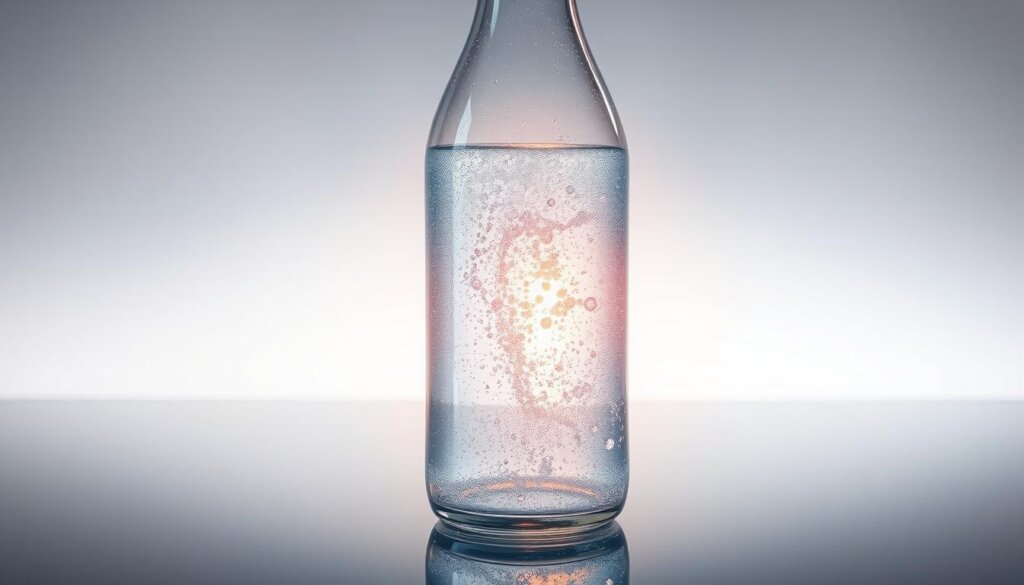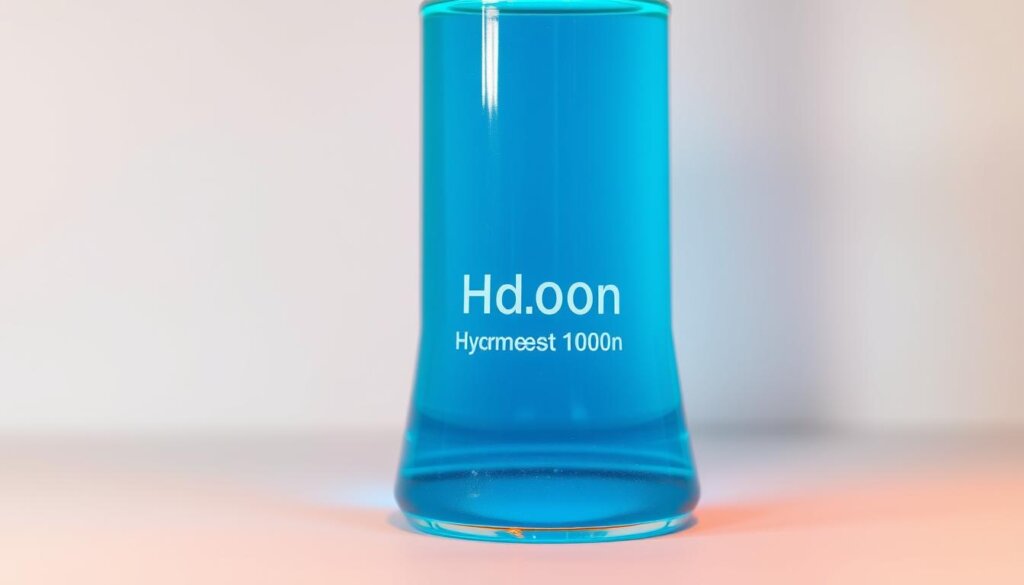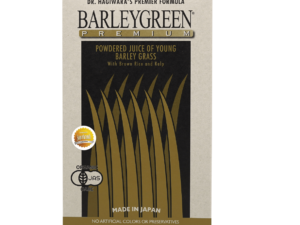Can I store hydrogen water in plastic bottle? Tips
Surprising fact: a hydrogen-rich drink can lose most of its H2 in just 5–10 minutes if left open.
That speed matters. The tiny H2 molecule slips through weak seals and porous materials. Sealed plastic may hold gas for about 1–2 hours, while airtight glass or stainless steel can keep levels for several hours.
The guide promises practical, friendly steps: when a sealed plastic cup is acceptable, when it is not, and simple habits that preserve antioxidant benefits. Readers will get quick benchmarks, tips on capping fast, reducing headspace, and keeping drinks cool and dark for better results.
For Malaysia-specific help, Wellness Group offers WhatsApp guidance at +60123822655 during local business hours. The rest of the article walks through safer containers, on-the-go options, and easy checks so anyone can protect potency with small, repeatable moves.
Key Takeaways
- H2 escapes fast—open cups lose potency in minutes.
- Sealed plastic holds H2 roughly 1–2 hours; airtight glass or steel lasts longer.
- Simple habits—cap quickly, cut headspace, stay cool—preserve benefits.
- Practical on-the-go options are covered for daily use.
- Wellness Group in Malaysia can advise via WhatsApp for local help.
Hydrogen water 101: what it is, why timing and storage matter
Knowing how molecular gas behaves clarifies why timing matters for every sip. Hydrogen water means plain water infused with dissolved molecular hydrogen. Users care because the antioxidant potential depends on how much H2 remains when they drink.
Hydrogen-rich water basics and molecular hydrogen behavior
Molecular hydrogen is tiny and moves fast. It dissolves briefly, then diffuses out through air and materials unless sealed well. That short time window determines benefit.
Why H₂ escapes fast: smallest molecule, diffusion, and air exposure
In an open glass, most H2 is gone within 5–10 minutes. The gas is lighter than CO2 and slips through microscopic pores. Even sealed soft containers can lose levels quicker than rigid glass or steel.
Real-world analogy: “fizz loss” and what that means for your sip window
Think of soda losing fizz. H2 leaves even faster. If bubbles fade and the drink looks flat, the active gas likely went too.
| Factor | Effect on H₂ | Practical tip |
|---|---|---|
| Open exposure | Most lost in 5–10 minutes | Drink immediately or cap fast |
| Container material | Porous plastics lose faster | Prefer airtight glass or steel |
| Movement & temperature | Agitation speeds loss; heat reduces retention | Keep cool and still |
- Quick checks: if fizz disappears, potency dropped.
- If in Malaysia, Wellness Group offers WhatsApp advice at +60123822655 during business hours.
Can I store hydrogen water in plastic bottle?
A simple container swap can add hours of potency to a freshly made drink.
Short answer: yes—but only for a short window. Sealed soft plastic often keeps H2 for about 1–2 hours. That means plan to drink within this time for acceptable results.
Short answer and safer alternatives at a glance
Soft, squeezable containers increase gas escape. If plastic is unavoidable, choose harder, well-sealed types and cap tightly.
“Seal firmly and reduce headspace—those two steps make the biggest difference to hydrogen retention.”
- For longer retention prefer borosilicate glass or stainless steel (6–12 hours).
- Aluminum is travel-friendly (2–4 hours) and better than soft polymer options.
- Purpose-built PEM/SPE hydrogen water bottle gives on-demand generation and tight seals for up to ~12 hours.
| Container | Typical retention | Practical tip |
|---|---|---|
| Soft plastic | ~1–2 hours | Drink soon; use hard cap |
| Aluminum | 2–4 hours | Good for travel |
| Glass / Stainless steel | 6–12 hours | Best results for workday |
If timing is uncertain, generating fresh remains the most reliable approach. For Malaysia product suggestions, message Wellness Group on WhatsApp at +60123822655 during business hours.
Key factors that affect hydrogen retention and loss
Small choices about containers and handling have a big effect on how long active gas stays dissolved.
Container material and permeability
Non-porous materials like glass and stainless steel keep concentration higher for hours. Rigid aluminum also performs well for a few hours.
Softer polymers let gas slip through faster, so hydrogen water stored there loses potency sooner.
Seal quality and headspace
Tight caps and good gaskets stop continuous diffusion. Filling close to the brim reduces headspace where hydrogen accumulates and escapes.
Temperature, light and movement
Cool, dark conditions slow molecular motion and protect concentration. Heat and sunlight speed hydrogen loss.
Keep bottles still. Agitation increases surface exposure and forces gas out faster than a calm bottle on a desk.
| Factor | Effect on retention | Practical tip |
|---|---|---|
| Material | Glass/steel: best; soft polymers: fastest loss | Prefer borosilicate or stainless options |
| Seal & headspace | Leaks or big air gaps speed diffusion | Cap tightly; reduce air space |
| Temperature & movement | Heat and shaking lower concentration | Keep cool, dark, and still |
- Realistic time bands: open glass lasts ~5–10 minutes; sealed soft polymer ~1–2 hours; aluminum ~2–4 hours; airtight glass/steel ~6–12 hours.
How to store hydrogen water for best results today
Quick daily habits make the difference between a useful drink and a mostly flat sip.

Generate fresh, cap promptly, and minimize headspace
Make fresh first. After generation, close the lid right away and fill high to reduce air space. That lowers diffusion and helps hydrogen retention.
Prefer airtight glass or steel; use aluminum for travel
For longest practical life, choose borosilicate glass or stainless steel. Aluminum works well for commuting and short trips.
If using plastic, choose hard, well-sealed options
If plastic is unavoidable, pick rigid, well-sealed designs and plan to finish within 1–2 hours. Repeated opening vents gas fast.
Keep cool, avoid shaking, and open once
Store bottles in a bag, drawer, or fridge to slow loss. Set them down and let them rest. Open once and drink rather than sipping repeatedly.
“Generate fresh, cap fast, and choose the right container for your daily routine.”
| Situation | Typical retention | Practical tip |
|---|---|---|
| Open glass | 5–10 minutes | Drink immediately |
| Sealed soft polymer | ~1–2 hours | Use hard cap; finish soon |
| Aluminum | 2–4 hours | Good for travel |
| Airtight glass / steel | 6–12 hours | Best for office/day use |
Choosing the right bottle or device to get hydrogen and keep it
A well-chosen bottle or device protects concentration and supports regular hydration habits. Devices with onboard electrolysis let users generate hydrogen water on demand and then seal it for better retention.
PEM/SPE hydrogen bottles: why the tech matters
PEM/SPE systems produce higher purity gas and lower byproduct risk. They also pair with tighter seals, which help keep hydrogen levels longer after a cycle.
Material checklist
- Borosilicate glass and stainless steel: best for day use and stable retention.
- Aluminum: light and travel-friendly for commutes or gym trips.
- Avoid soft polymers when possible; choose rigid caps and replace gaskets as needed.
Everyday care and safety
Do use purified or distilled water to reduce deposits. Keep the base dry, wipe seals, and inspect O-rings regularly.
Don’t use hot liquids above 60°C or run cycles while charging. Release pressure between cycles and keep replacement parts available for long-term value.
“Tight seals, clean water, and simple maintenance keep performance steady and support daily health and hydration.”
Know your numbers: simple ways to test potency and troubleshoot
Measuring results helps users turn guesses into clear, repeatable habits. A quick check after generation shows whether the routine holds up or needs fixing.

Meters and test strips: checking ppm right after generation
Use a digital meter for precise ppm reads. Fresh drinks often show about 1.0–1.6 ppm or higher.
Portable color strips work for routine spot checks. Test immediately—readings fall fast within minutes.
Signs of loss and quick troubleshooting
Visual cues help when tools are not handy: fewer bubbles and a flat look mean lower readings.
Low concentration often links to soft containers, loose seals, warm temps, or frequent opening.
- Test right after generation for accurate hydrogen levels.
- Switch to rigid containers or tighten caps if readings are weak.
- Use meters when precise intake matters; strips for casual checks.
- Keep a short log for a week to compare results and adjust routine.
| Tool | What it shows | Best use |
|---|---|---|
| Digital meter (ppm) | Exact hydrogen concentration | Verify device performance and daily targets |
| Color-change strips | Approximate hydrogen levels | Quick spot checks on the go |
| Visual check | Flat look or few bubbles | Immediate cue to drink or retest |
“Measure, tweak, and enjoy better-tasting cups with reliable readings.”
For device tips and Malaysia product guidance visit H2Zen generator info.
Need help in Malaysia? Wellness Group can guide your hydrogen water setup
Local help makes setup quick and confidence higher for new users across Malaysia. Wellness Group offers friendly, practical advice to choose the right gear and daily routine.
Friendly advice via WhatsApp
Message: +60123822655 for quick tips on devices, seals, and sizes. They help people match a hydrogen water bottle to commute, gym, or home life.
Hours and what they cover
Business hours: Mon–Fri 9:30 am–6:30 pm; Sat–Sun 10 am–5 pm. During these times they advise on testing kits, care, and simple checks to verify concentration.
- Device picks: compare materials and seals for longer retention.
- Care tips: avoid hot liquids, keep the base dry, and replace gaskets as needed.
- Daily use: integrate with regular water and balanced nutrition for steady hydration and possible health benefits.
- Travel: get hydrogen on demand or use aluminum options for short trips.
“Wellness Group supports first-time users and busy families with budget-conscious options and ongoing tune-ups.”
For product guides and Malaysia-specific advice visit their blog or message the WhatsApp number above.
Conclusion
Minutes matter: simple choices at the moment of sealing change how long benefits last for hydrogen water and preserve dissolved hydrogen.
Soft containers work for short trips — plan to drink within about 1–2 hours. For longer days choose airtight glass or stainless steel, and use aluminum for short travel windows.
They should consider on-demand generation with quality hydrogen water bottles to extend practical use. Core habits help most: cap fast, reduce headspace, keep the drink cool and still, and avoid frequent opening.
Gas escapes faster than most expect; testing ppm removes guesswork and boosts confidence. Small changes protect antioxidant potential and support daily hydration and health.
For Malaysia advice and product picks message Wellness Group on WhatsApp at +60123822655 during business hours.
FAQ
What is hydrogen-rich water and why do timing and storage matter?
Hydrogen-rich water contains dissolved molecular hydrogen gas (H₂), an ultra-small molecule that acts as a selective antioxidant in research settings. Because H₂ diffuses out quickly, the time between generation and drinking strongly affects concentration and potential benefits. Faster consumption preserves higher parts per million (ppm) levels.
How does molecular hydrogen behave once infused into water?
Molecular hydrogen sits dissolved in the liquid but moves rapidly. It escapes through tiny gaps and materials, and it diffuses into any headspace. That means concentration drops over minutes to hours unless sealed tightly and kept cool and still.
Why does H₂ escape faster than other gases?
H₂ is the smallest molecule, so it diffuses through container walls and seals more easily than larger gases. Air exposure and agitation speed loss, similar to how fizzy drinks go flat when left open.
Short answer: Is using a plastic bottle safe and effective for storing hydrogen water?
Using a hard, well-sealed plastic bottle can be acceptable for short windows—ideally 1–2 hours—but plastic is more permeable than glass or metal. For better retention and higher hydrogen concentration, opt for airtight borosilicate glass or stainless steel containers or on-demand generators with tight seals.
How do different container materials affect hydrogen retention?
Material permeability matters. Borosilicate glass and stainless steel retain H₂ far better than common plastics. Aluminum with an inner lining can work for travel. Soft plastics and thin PET let H₂ leak faster and reduce concentration sooner.
How important is the seal and headspace?
Very important. A tight cap with minimal headspace reduces the air pocket where H₂ can collect and escape. Less headspace means less room for gas to accumulate and lower diffusion loss over time.
What role do temperature and light play?
Cooler, darker conditions slow H₂ diffusion. Heat increases gas solubility loss and light can warm the bottle. Store infused water chilled and away from direct sunlight for the best retention.
Does movement or shaking affect concentration?
Yes. Agitation encourages dissolved gas to escape. Keeping the container still and upright preserves more of the dissolved H₂ until drinking time.
How long does hydrogen last after generation?
Expect the biggest drop within the first 30–60 minutes. In a sealed glass or steel bottle, useful levels can remain for several hours. In plastic, levels decline faster—plan to consume within 1–2 hours for meaningful concentrations.
What practical steps achieve the best results today?
Generate fresh, cap immediately, and reduce headspace. Use airtight glass or stainless steel whenever possible. Keep it cool, avoid sunlight, and don’t shake or reopen the container repeatedly.
Which bottle types are recommended for on-the-go use?
Choose borosilicate glass or high-grade stainless steel with secure lids. Aluminum bottles with proper linings also perform well for travel. If relying on plastic, pick hard, BPA-free types with tight seals and drink within a short timeframe.
What about PEM/SPE on-demand devices?
PEM/SPE generators create H₂ at point of use and typically offer tighter seals and consistent output. They minimize storage time, so users get higher concentrations right before drinking.
How can someone check potency and troubleshoot loss?
Use portable H₂ meters or test strips to read ppm immediately after generation and before drinking. Signs of loss include fewer bubbles, a flatter look, and lower instrument readings. If levels are low, generate fresh or switch to a better container.
If plastic must be used, what are the best practices?
Use hard, thick, BPA-free bottles with leakproof caps. Fill fully to minimize headspace, cap immediately, keep chilled, and drink within 1–2 hours for reasonable retention.
Where can someone in Malaysia get help choosing a setup?
Wellness Group offers friendly guidance. Contact via WhatsApp at +60123822655. Business hours are Mon–Fri 9:30 am–6:30 pm and Sat–Sun 10 am–5 pm for product and setup assistance.

Khloe Tan
Khloe Tan is a Certified Nutritionist, Corporate Wellness Trainer, and Holistic Health Specialist with over 15 years of experience in the health and wellness industry. She has delivered more than 100 talks nationwide, inspiring and educating diverse audiences on nutrition, lifestyle, and sustainable wellness. Her work has positively impacted over 3,000 lives, and she continues to champion holistic approaches to well-being in both corporate and personal settings.
Feature Product
-
Hydrogen Water FIlter/Generator
H2zen Portable (White/ Blue)
RM2,600.00 Add to cart Buy NowRated 0 out of 5





